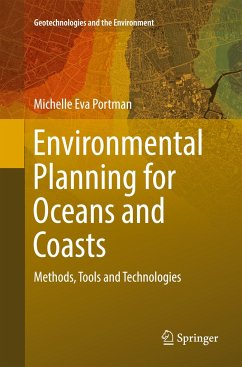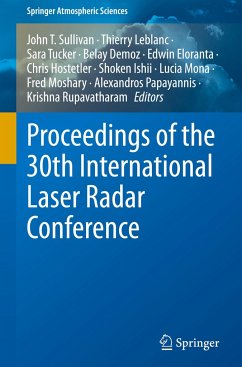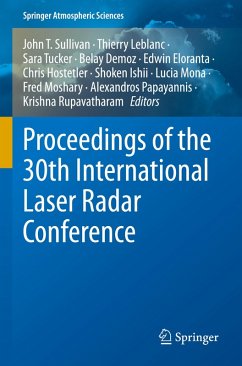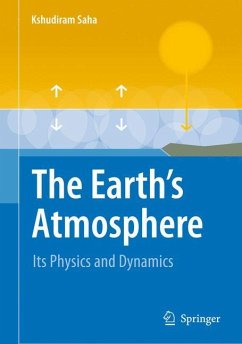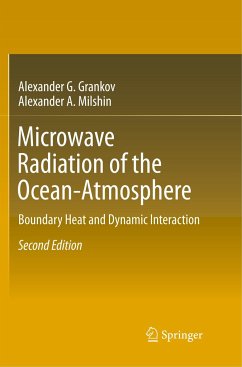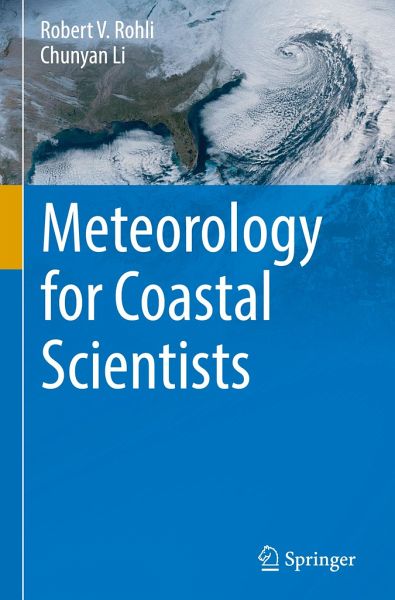
Meteorology for Coastal Scientists

PAYBACK Punkte
29 °P sammeln!
This is a textbook for non-atmospheric specialists who work in the coastal zone. Its purpose will be to help coastal environmental, engineering, and planning professionals to understand coastal atmospheric processes. This in turn will allow more effective communication with climate modelers, atmospheric environmental consultants, and members of the media.The coastal environment is among the most intensively used and chronically abused components of the Earth-ocean-atmosphere system. It is also home to an ever-increasing proportion of humanity with their increasing development, trade, transport...
This is a textbook for non-atmospheric specialists who work in the coastal zone. Its purpose will be to help coastal environmental, engineering, and planning professionals to understand coastal atmospheric processes. This in turn will allow more effective communication with climate modelers, atmospheric environmental consultants, and members of the media.
The coastal environment is among the most intensively used and chronically abused components of the Earth-ocean-atmosphere system. It is also home to an ever-increasing proportion of humanity with their increasing development, trade, transportation, and industrial activities, amid increasing impacts of natural hazards. The atmosphere is an integral part of the system, with all of the above human activities affecting and being affected by atmospheric processes and hazards. Yet few of the specialists studying the coastal environment have expertise on atmospheric processes, this therefore presents a highly relevant textbookon coastal atmospheric processes.
The coastal environment is among the most intensively used and chronically abused components of the Earth-ocean-atmosphere system. It is also home to an ever-increasing proportion of humanity with their increasing development, trade, transportation, and industrial activities, amid increasing impacts of natural hazards. The atmosphere is an integral part of the system, with all of the above human activities affecting and being affected by atmospheric processes and hazards. Yet few of the specialists studying the coastal environment have expertise on atmospheric processes, this therefore presents a highly relevant textbookon coastal atmospheric processes.





